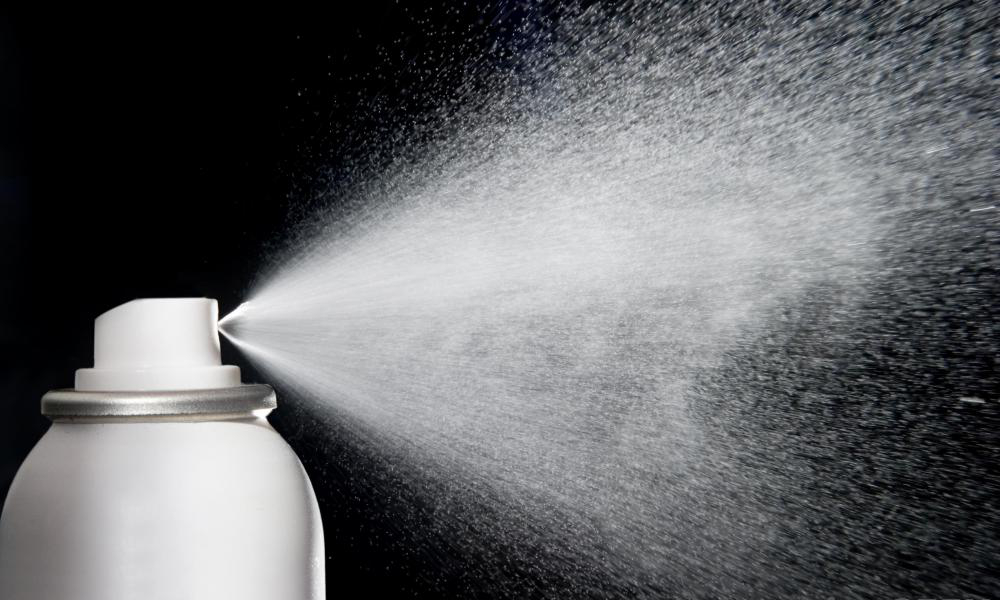A Brief History of Aerosol Packaging
Aerosol products have a checkered history. But how did it all begin?
During World War II, American soldiers were living in extremely unsanitary conditions. As a result of this, they were up to their necks in mosquitoes. Lo and behold, the first aerosol product was born. An easy-to-use bug repellent spray was developed by a Norwegian engineer using a technology that had been around since the 18th century, it just needed some modifications. However, it wasn’t until 1947 that aerosol technology was introduced to civilians.
In 1974, Dr. F. Sherwood Rowland and Dr. Mario Molina proposed that chlorofluorocarbons (CFCs) were harmful to the stratospheric ozone layer. CFCs were used in many common household objects at the time, such as air conditioners and refrigerators. They were also used as propellants for some aerosol products.
Scientists were concerned about the depletion of the stratospheric ozone layer as it filters out a large amount of the sun’s ultraviolet radiation. Diminishing the ozone layer can lead to an increase in skin cancer and cataracts, as well as global warming.
Because of Rowland and Molina’s findings, many American aerosol manufacturers switched from CFC propellants to more suitable, environmentally friendly alternatives. In 1978, the U.S. EPA banned CFC propellants, but by that point most aerosol manufacturers had already stopped using CFCs voluntarily.
In 1987, 24 countries signed The Montreal Protocol on Substances That Deplete the Ozone Layer, an agreement to phase out the use of ozone depleting compounds. CFCs were fully phased out in 1996 (excluding some asthma inhalers which used CFCs, but those were phased out in 2008). By the year 2020, the phase out of ozone depleting compounds is expected to be complete.

